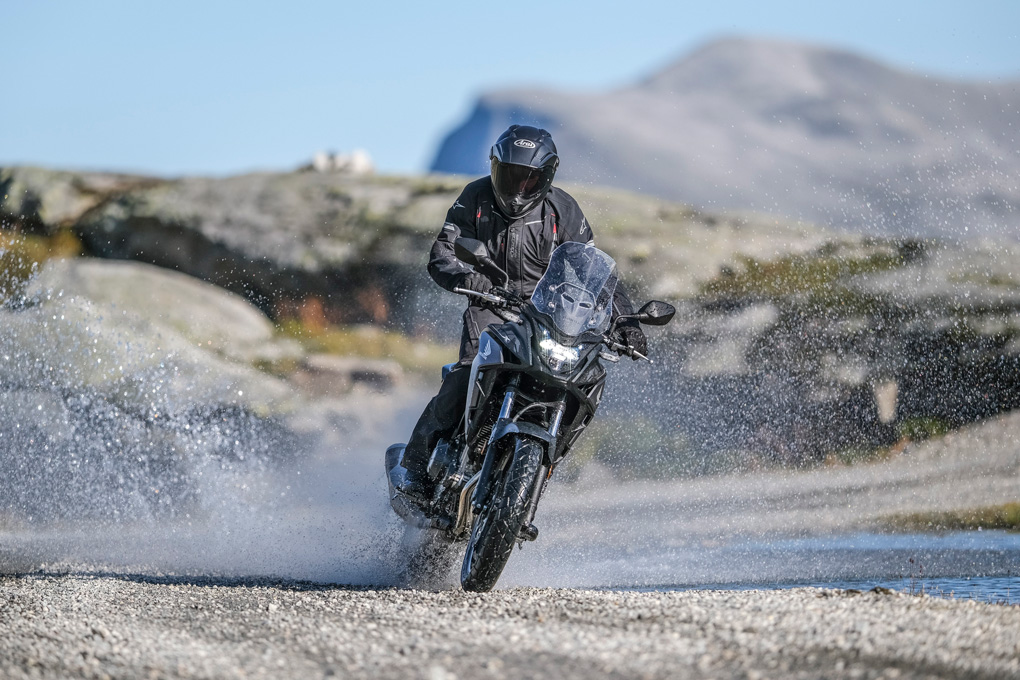First, the most important thing is to ensure your bike has been provided with the necessary care to sleep during those cold, rainy months. This means that you have left it cleaned and oiled, disconnected the battery (and connected it, if possible, to a charger), inflated and elevated the tyres, changed the oil and filters, and, of course, have covered it appropriately. If you have done all of this prior to leaving it parked, you will not have much to worry about for now. Although, even so, there are many things that require attention.
Remove the case, if you had it stored in one, and clean the bike’s surface if it’s dusty. Perform a visual inspection to ensure everything it in its place, and proceed to check the additional elements.
First, check if the battery is charged. Motorbike batteries tend to have a short life and lose a large part of their power in only a couple of years. This is why, even if you have charged it or maintained it well, it is recommended to check it.


Charge it with an intelligent battery charger, if possible. When it is done, let it sit for one hour and measure the voltage, it should read an average of 12.8V. If it has a lower voltage, your bike will probably not start, since when you put the key in the ignition, the engine, the lights and other engine elements will turn on, and when you trigger the start, the tension drop may cause insufficient rotational speed.
If you are unsure or if it’s giving you limited performance, it is recommended you change it. No one likes to have to call a tow truck or have to push the bike due to a dead battery.
Once you have completed this step, check the status of bike with the battery still connected. If you’ve kept it clean and oiled, everything should be in good condition. If not, you will most likely have to deal with dirt, rust, and stuck moving parts. Don’t worry, everything is possible with a little patience and the adequate products from the Repsol range, it is possible for you to restore everything for it to function correctly.


Examine the brake pads and the state of the discs or the tension of the drums. Take advantage of the opportunity to check the state and pressure of the tyres. If the bike has a chain, it is important for you to check its tension and lubrication.
Take the bike off the paddock stand, if you had it on one. Once it is on the ground, check the handlebars and suspension, as well as the brake levers, clutch, and pedals. The bike should move freely and the suspension seals should not leak.
Once this has been done, check the oil levels, brake fluid and coolant. These three elements are crucial. If you have not changed them before, remember that it is recommended to substitute the last two every two years maximum. Be sure that there is petrol in the tank and that the valve is on.


It is now time to ignite. The lights and the front panel should turn on. Start the engine. It may take a bit longer than usual, just do not give it too much gas or you will end up stalling.
With the engine on, check that the alternator is charging correctly. When measuring the battery’s voltage, you should have a minimum of 13.5V. Take advantage of the opportunity to check that the rest of the electrical components, such as the lights and horn, work correctly.
Lastly, don’t forget to make sure you carry all of your documentation
Go out to ride and enjoy the summer.


 Join Us
Join Us  Join Us
Join Us 